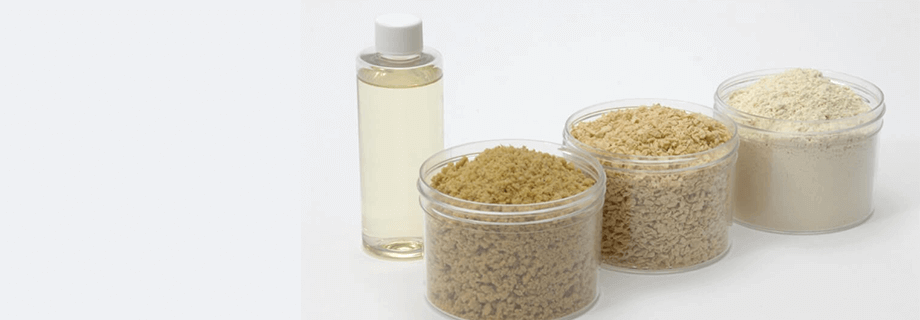Roasted vs. Extruded Soybeans

Having observed the use of soybean roasters for dairy cows as well as for other species, I have always wondered how efficient the roasted soybeans were in digestion. Roasting soybeans with good controls can produce a very palatable feed ingredient, and, with some steeping that follows roasting, proponents claim a high level of by-pass protein for ruminants. Just how digestible is that by-pass protein and how digestible is the 18%-20% fat to the high producing dairy cow?
We hear the digestibility of roasted soybeans falls in the range of 80%-83%, while the fat is not available to the cow as was previously thought. Dr. Paul Chandler of Kentucky found back in the 1990’s that while many fats and oils had a digestibility of between 50%-60%, it was dropped to 34% in roasted soybeans. Chandler further stated in Feedstuffs that the energy value of roasted soybeans was over stated due to the reduced digestibility.
There are some good characteristics related to roasted soybeans- the product smells good and is palatable, trypsin inhibitors and urease levels are reduced to acceptable levels, and roasting can be a high volume process per hour if needed.
With economic pressures for the dairymen due to vast swings in the value of milk produced, dairymen are forced to look at ingredients with high nutrient density and high digestibility. The challenge is to find a fat that has a high digestibility, is stable, and a portion can move to the small intestine for further digestion. High shear dry extrusion can create that ingredient. In addition it smells good, palatable, and urease and trypsin inhibitors are reduced to acceptable levels. This is all achieved in less than 25 seconds!
Properly Extruded soybeans, processed by high shear dry extruders can provide a high digestible source of protein (90%) with by-pass values of 52-55%. Higher levels of by-pass protein can be achieved (58-64%) with precise controls offered with today’s quality controls. Dairymen today can produce higher quality roughages than in earlier years, and that input is important when feeding any type of fat to a ruminant. Extruded soybeans offer dairymen a highly predictable ingredient that, when included as recommended will produce predictable advantage in milk production for high lactating dairy cows.
If you are currently using roasted soybeans, try properly extruded or partially defatted extruded soybeans on your highest producing group of cows. It could make you a high shear dry extrusion believer.



